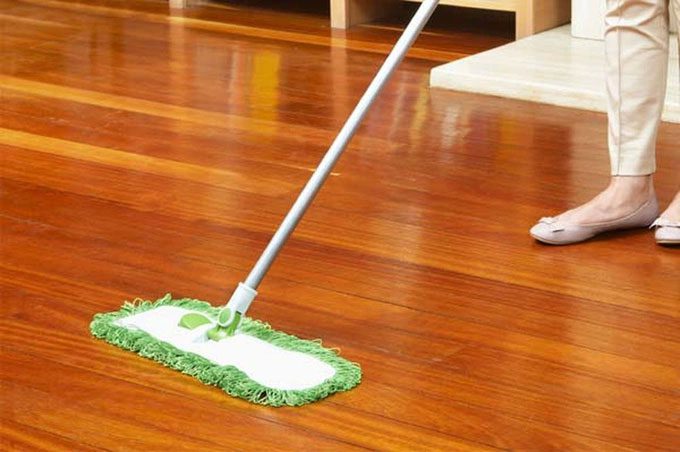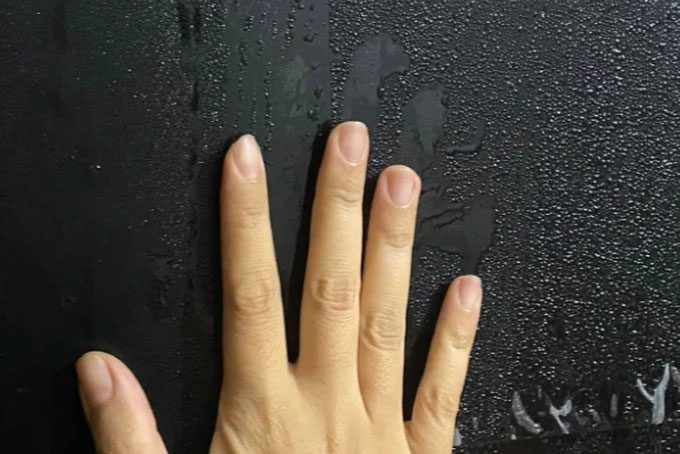Persistent humid weather and drizzling rain in Hanoi and northern provinces have lasted for many days, causing various difficulties in daily life.

Using a broom and dry cloth to clean the house is the most effective way to combat humidity. (Illustrative image).
The prolonged humid weather not only makes roads and homes damp and musty, but it also increases respiratory illnesses, especially among those with a history of asthma and young children. Additionally, electronic devices such as outlets, TVs, monitors, and speakers operate less efficiently, raising the risk of electrical short circuits.
To remedy this situation, many families have resorted to using fans in the hope of blowing away the standing water on floors and walls to avoid mold. However, in reality, this action can make matters worse.
The reason is that the air blown by the fan not only fails to evaporate the moisture but also makes the air more humid due to stronger condensation processes, leading to even more standing water and easier mold growth.

Humid weather causes water to condense into droplets on walls, refrigerators… (Illustrative image).
Another common mistake is opening doors wide, hoping to help the floors dry faster. This belief is completely inaccurate, as the humidity of the outside air can be even higher than that inside, resulting in the opposite effect and making the room more humid.
Many people notice dirty floors due to standing water and continue to use wet mops and cloths in an attempt to clean. However, this actually makes the floors wetter and slows down the drying process.
At this point, using a dry cloth to wipe the areas where water has pooled will be more effective.
If conditions allow, equipping air purifiers, dehumidifiers, air conditioners (set to Dry mode), or even heaters… are feasible options that you might consider.


















































